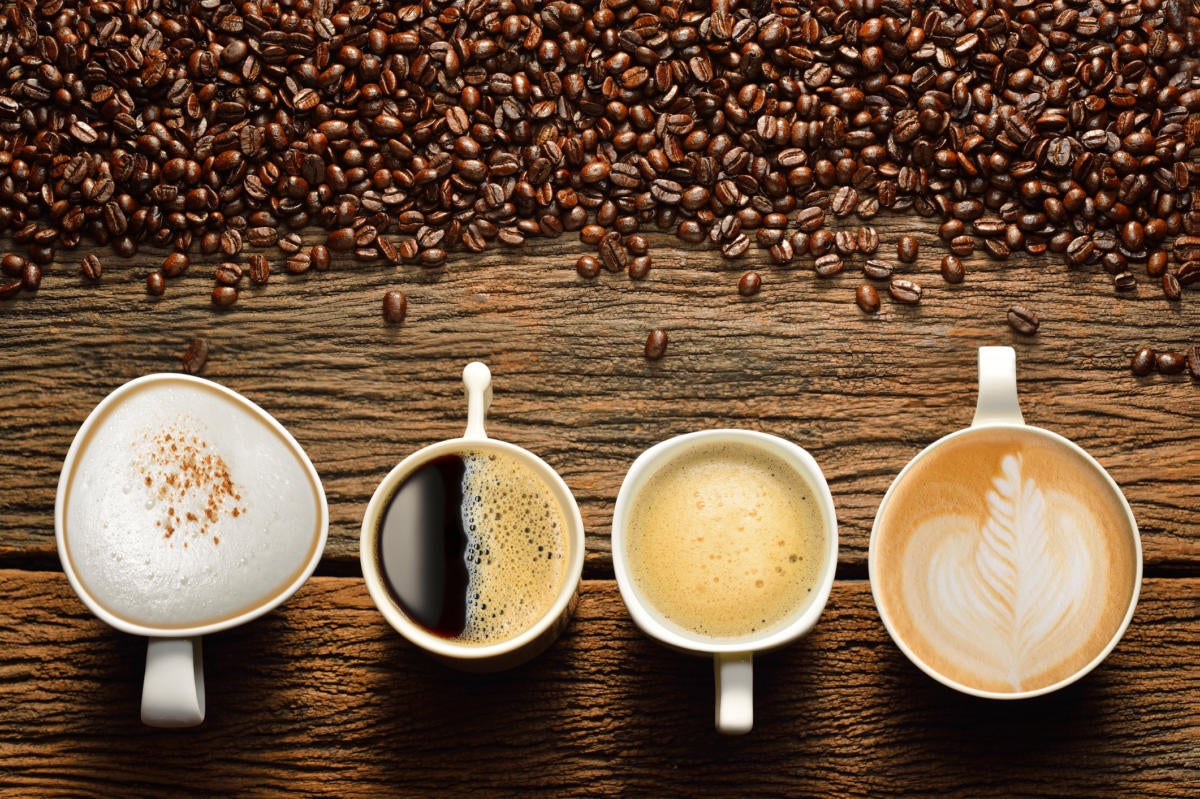Espresso is often bitter and strong dark drink made from finely ground espresso beans. Its origins are within Italy which was the first to be introduced in cafes around the world at the beginning of the 20th century as a unique alternative to tea and cofee. Nowadays, espresso is more popular than ever before, with millions of people enjoying it daily. Espresso is created by pushing the liquid under pressure. It is a dark, intense coffee with a strong flavor and aroma, but there is a bit of bitterness. Espesso is different from other types of drip coffee since it's not brewed in a slow manner over time, but rather by forcing water through coffee beans that have been finely ground rapidly. As such, espresso drinks are usually stronger than the regular drip coffee brands.
What makes Espresso different from coffee?
Espresso is a strong, concentrated coffee that has more caffeine than drip coffee. It's also less bitter than normal drip coffee. It's this bitterness that makes espresso so popular and distinct. Espresso drinks are generally more robust than standard drip coffees because the pressure that is used to create it quickly pushes the beans into the tiny hole at the bottom of the basket, before any other liquid can filter through. In contrast, drip coffees are made by releasing water slowly into the filter made of paper or cloth after they have been brewed. This technique allows for more time for each bean to become grounds and extract its flavor. The result is a less sour but still a delicious drink that you can sip for a while without having to consume too much at one time.
Why Is Espresso Better?
Espresso is available in abundance and extremely healthy and low on calories. It's also easy to prepare at home, meaning you don't have to you to waste precious time waiting in line. It's refreshing, too! The drink is faster and easier than any other type of coffee, and it's environmentally-friendly without the help of any additives or preservatives. To make an espresso the process involves boiling the water and let it cool until it is at temperatures of 195oF to 205oF. Next, you add ground espresso into a filter that looks like a cone shape with holes at the base. It's up to you if you want to use paper or metal filters. Remember that paper filters typically produce a more acidic taste and metal filters permit more crema (the thick foam that sits on top) to develop. Fill the remainder of the cone with hot water, allow it to sit for four minutes or so, then take it off the filter and serve. For the best results, choose syrups made of fresh ingredients such as honey or sugar, not powdered sugar for your beverage.
Does Espresso have more caffeine than Coffee?

Espresso generally has higher levels of caffeine than standard coffee brands because it's comprised of lots of ground beans. These grounds get squeezed with pressure releasing the caffeine and other flavor compounds into water. It's possible to have nearly double the amount of caffeine in the espresso drink in comparison to what you would get in drip coffee drinks. The difference between the taste of an espresso shot and regular cup of joe is down to how much ground beans you add to your drink. If you pour a spoon of ground beans in your espresso, you'll get about 55 milligrams caffeine from the beverage. This is 10% more than what you would get from a regular cup of coffee. Regarding calories, however, there is no difference between the calories of an espresso drink or a standard cup of coffee. Both contain around 100 calories per cup. If people really wanted to feel energetic after drinking their favorite hot beverage, they would be better off drinking just one, or maybe two cups of espresso instead of sipping low-quality drip coffee throughout the day.
There are a lot of elements you have to understand to in order to prepare a first-class espresso cup. Here is a good start, if you are want to learm more. The Perfect Espresso